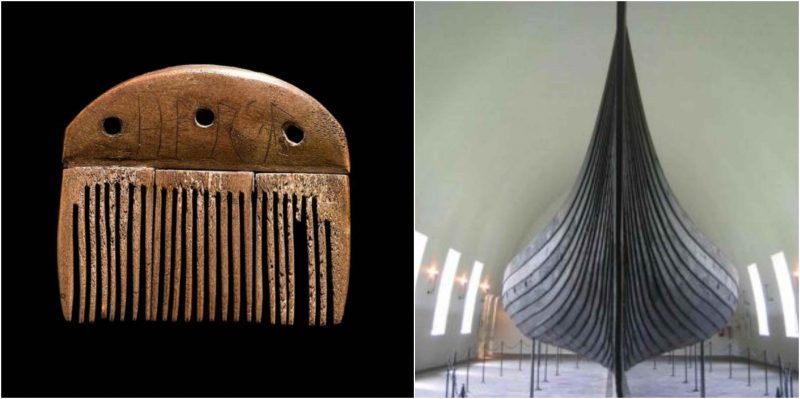With the ‘never ending’ global technological revolution it is hard to imagine how our predecessors spent their time. And even harder to imagine that we still use things they created for which we should be grateful.
The Vikings dominated European territories for nearly three centuries and were tireless and curious sailors who reached to the territories of Russia and North America. From what they created and traded here are just a few things that we should be grateful to them.
1. Shipbuilding and Navigation
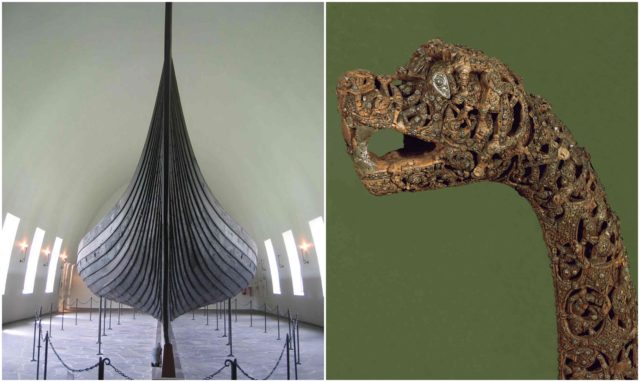
Perhaps the most extraordinary Viking creation is their ships were known as drekar or dragon-headed long ships. Their ships were made with nothing but an axe; it’s just that they weren’t using it as a lumberjack would, but rather an artist, in a very sophisticated way. They used ‘clinker’ technique to build their ships which mean that the planks of the ship were overlapping at one edge and riveted together, rather than the conventional way of building the inner skeleton first. These ships were long and very light which enabled them to sail fast and then they could be easily pilotage with oars for reducing the speed. This was ideal for their hit-and-run attacks on undefended towns and monasteries. The Vikings weren’t proficient only in shipbuilding techniques but they were also great navigators who used the sun compass calcite crystals known as “sunstones” to determine the positions of the sun.
Ships were a very important part of Viking society and tradition, not only as a means of transportation but also for the prestige that it conferred on her owner and skipper. Their ships permitted the Vikings to embark on their voyages of trading, of raiding, and of exploration.
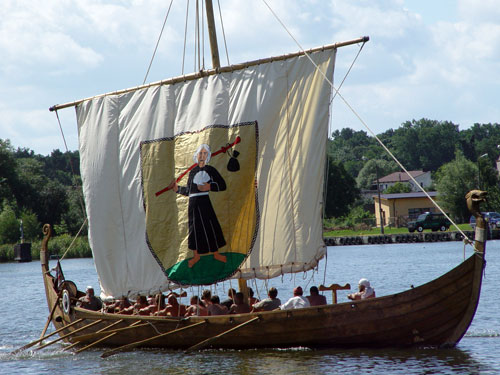
2. Viking influence on the English language
The Vikings shared not only farming and trading activities with their neighbors from England but also marriages and hence their languages mixed. So the modern English we know today and which belongs to the German group of languages contains a number of words that originate from the Old Norse language. Words as anger, awkward, cake, die, egg, fog, dream, husband, give mistake, root, skin, sky, ugly, want – are all borrowed from the Old Norse language and got mingled with the Old English language. Many English words beginning with the and most words beginning with sk are Norse in origin.
This process is also evident in place names such as Grimsby, Thoresby, and Derby (the suffix -by was the Scandinavian word for “homestead” or “village”), or Lothwaite (-thwaite meaning “meadow” or “piece of land”).
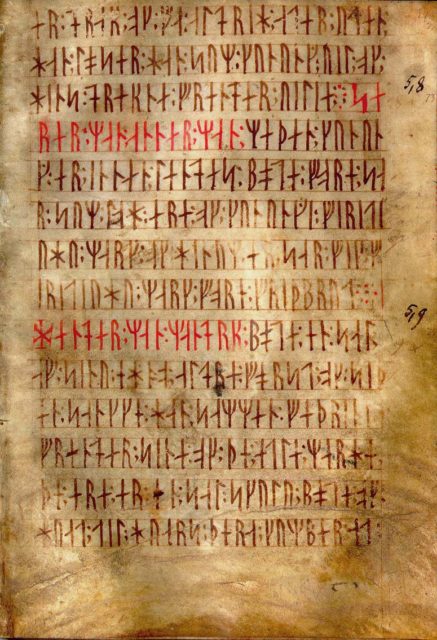
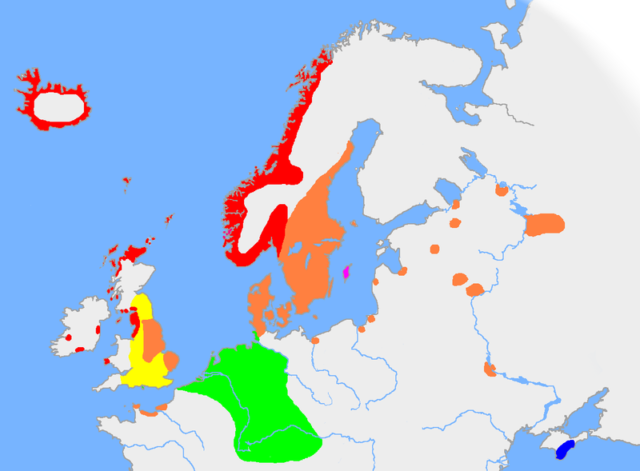
3. Dubh Linn (“Black Pool”)
Back in the year 795, Vikings of Norwegian origin raided islands off the coast of Ireland for the first time. In the year 837, sixty Viking ‘Dragon’ warships appeared at the mouth of the Liffey and by 841 they founded the first recorded settlement on the south bank of the River Liffey. The harbor of what is today known as Dublin was taken by the Vikings, under the command of King Turgesius. The Vikings gave it the name Dubh Linn which means “Black Pool” and it became the hub of one of Europe’s largest slave markets. They had control of the city for nearly three centuries until they were defeated by the Irish High King Brian Boru in the Battle of Clontarf in 1014. In addition to Dublin, the Irish cities of Wexford, Waterford, Cork and Limerick also began as Viking settlements. They also settled in other UK places as Islands off the coast of Scotland – Shetland, Orkney and The Hebrides; Leicester, Nottingham, Derby, Stamford, and Lincoln; The Isle of Man etc.
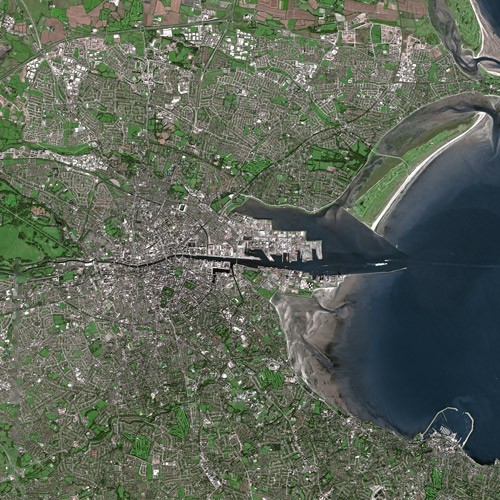
4. Skis
Fragments of ski-like objects, discovered by 1960s archaeologist Grigoriy Burov, date back to 6000 BC in northern Russia and they are mentioned for the first time in documents from the China’s Han Dinasty (206 B.C.-A.D. 220). However, what we consider as skiing today originates from the Vikings. And the word we use “ski” comes from the Old Norse “skío.” Skis were in regular use by Scandinavian farmers, hunters, and warriors throughout the Middle Ages. The Norwegian army held skill competitions involving skiing down slopes, around trees, across level snowfields and while shooting in the 1760’s and by the 18th century, units of the Swedish Army trained and competed on skis. All these is linked to the Viking’s tradition of using skis for both recreation and transportation. The Norse goddess Skadi and god Ullr were often depicted on skis or snowshoes.
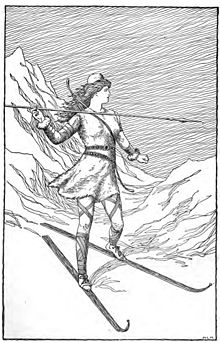
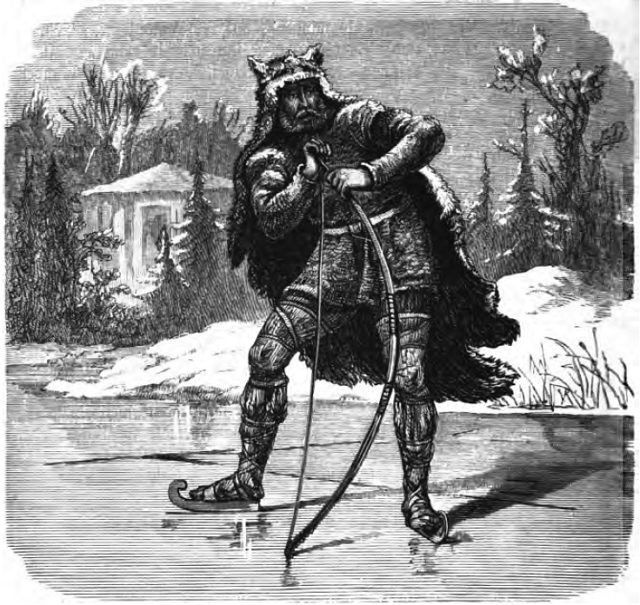
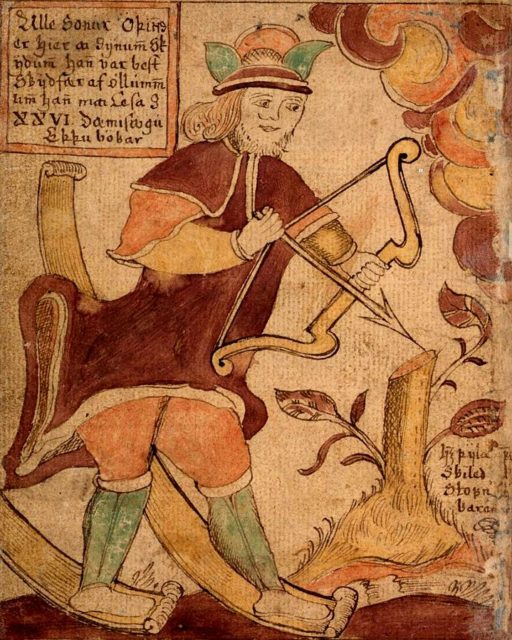
5. Combs
There are many common objects as tweezers, razors, and ear spoons (for scooping out wax) found in the Viking graves, but according to what is found in the archeological digs, their favorite one had been the bristled comb. The combs were originally made out of antlers, most often deer antlers. The Vikings would use every last piece of the carcass so they would not waste it. The combs were used more by men than women helping them brush their unkempt hair. This means that even longhaired, bearded Viking warriors took their personal grooming very seriously.
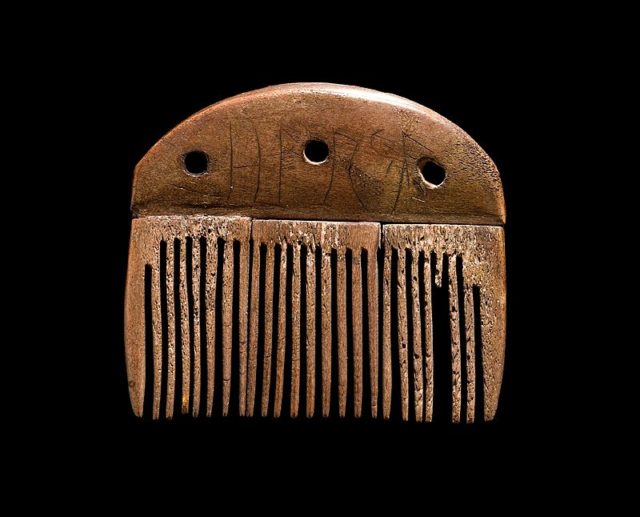
6. Sagas
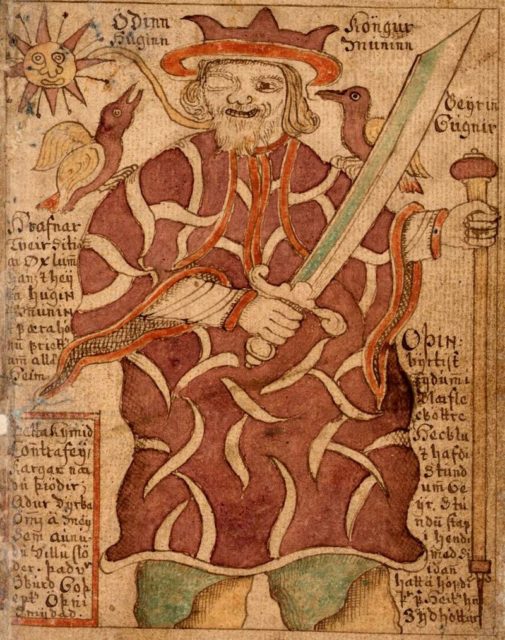
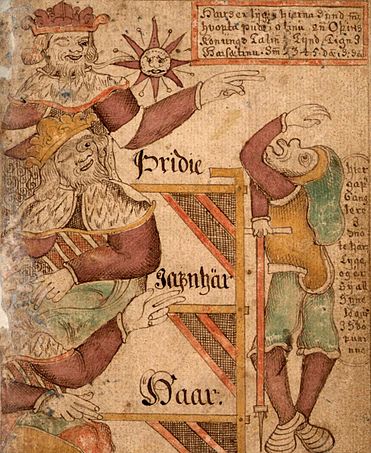
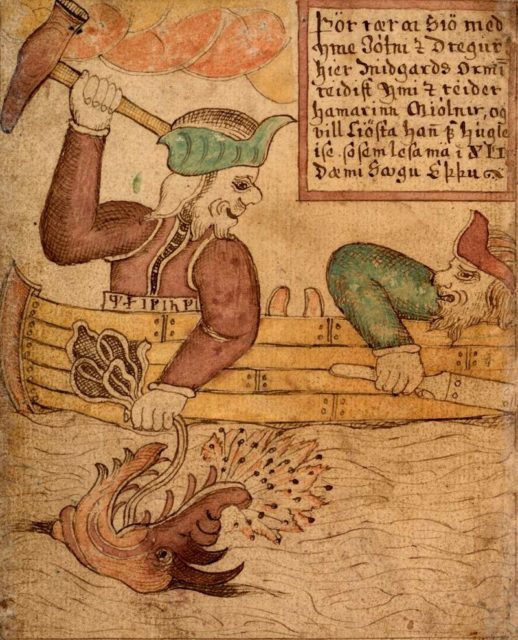
Most of the information we have today about the Vikings comes from written stories known as sagas. In these stories is mostly written about ancient Nordic and Germanic history, about early Viking voyages, the battles that took place during the voyages, about migration to Iceland and of feuds between Icelandic families.
They were written in the Old Norse language, mainly in Iceland. Most historians today agree that these stories are “Viking fiction literature”, but through their fantasies, creativity and imagination we have learned many things about their society. The sagas are filled with graphic depictions of the situations described in the texts. These stories are probably the early form of today’s soap operas.
